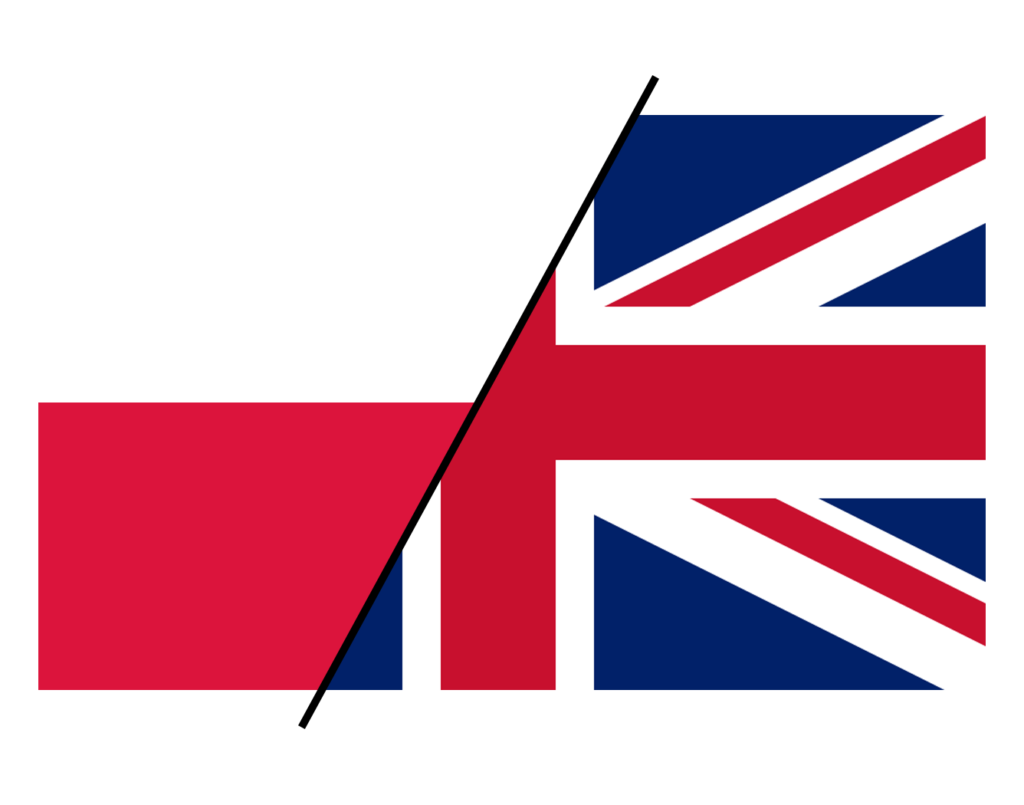An interview with InnerWeb CEO Marcin Worecki in Przegląd Techniczny magazine.
The first issue of this year’s Przegląd Techniczny magazine features an extensive interview on InnerWeb. Marcin Worecki, CEO of the company, was interviewed by Lidia Sosnowska, starting with the history of the system’s inception, its main advantages and plans for the future.
A brief answer to the question of what the InnerWeb system is and what it is all about:
“A dense network of radio transmitters inside an industrial plant creates an organism that transmits real-time information about ongoing work in the form of mobile permits, identifies the geolocation of workers and facilities, and provides continuous protection against fire.”
We encourage you to read an excerpt from this passionate conversation.
Was the idea to build the InnerWeb system a coincidence or the result of professional experience?
Definitely the latter. I am a design engineer by training and have been working in the industrial sector since 2005. Since 2011, for almost 10 years, I was in charge of installing production lines, machines, relocating these lines to Poland and, at the same time, managing teams of employees on site at one of the companies in Bielsko-Biała. I noticed that the number of procedures grew year by year, which meant that the implementation of every contracted service at the plant required the writing out of paper permits, plus even more permits were needed for particularly dangerous work, with fire, at height, moving materials around the plant, etc. As a manager working with more than a dozen teams, I spent about 30 percent of my work time filling out forms, yet an engineer’s knowledge should be used for more complex tasks. In my opinion, constantly filling out documents just confirming work time is a waste of time. Such work can be done by a computer. I gained experience in programming while I was still in college, and I wrote my master’s thesis on programming evolutionary algorithms. Armed with this knowledge and experience from my daily work, I started looking for solutions to automate the entire work permit process.
What exactly is the uniqueness of the system and what are its greatest advantages?
The key point is that we have the ability to monitor on-site resources in real time. We’re talking about outside companies, employees, visitors, as well as materials, vehicles and tools that are constantly on the move. It is the monitoring of what is mobile on site that sets us apart from the competition. This is done with an accuracy of at least 5 meters every few seconds, so you can see in real time where employees or vehicles are at any given time.
The technology involves installing an inexpensive and dense network of BLE transmitters throughout an industrial plant. This takes from a few days to a few weeks – depending on the size of the monitored area – without stopping the production process. A virtual map of the plant is then created, and the network is configured using a server and mobile device software.
This makes it possible to open mobile work permits (including dangerous ones) and, as I mentioned, identify or geolocate workers and facilities throughout the plant.


InnerWeb is your first business project. Are you planning any more, or will you be developing and improving the system?
By design, we will continue to develop InnerWeb, as there are still several components and modules that need to be added to make the product comprehensive. However, it turns out that its core component (related to geolocation) also works well outside the industry. We built a system that is such a cortical part of InnerWeb. We currently use it for mobile permissions. However, it can support dozens of different applications and meet dozens of other needs. A platform for building application solutions based precisely on geolocation and micro-navigation, it can be used – as I mentioned earlier – in public spaces. For example, making navigation easier for the blind. We are currently implementing such a project (as a subcontractor) for the City of Warsaw. Our task is to deliver the technology, that is, all the transmitters to the designated locations. The project includes more than 100 public facilities – offices and all subway stations. Today, despite the fact that offices are trying to make it easier for blind people to function in public space, such people still have to use the help of sighted people all the time. Our solution will enable them to get to the right place and get things done on their own. We are implementing the project together with partners MobileMS from Łódź and SoniqSoft from Radlin. A team of nearly fifty programmers, engineers and specialists is working on the entire system. It’s an interesting experience for us, but above all we want to work for the industry.”

